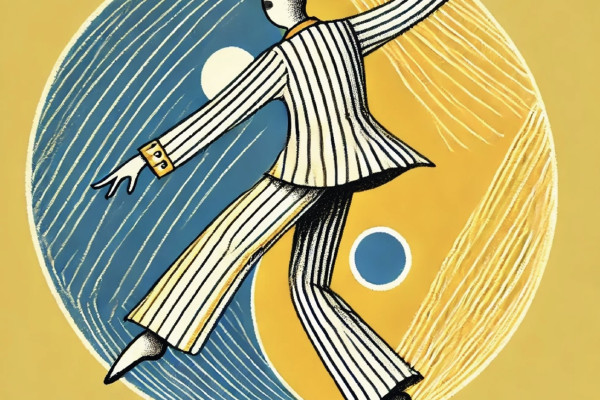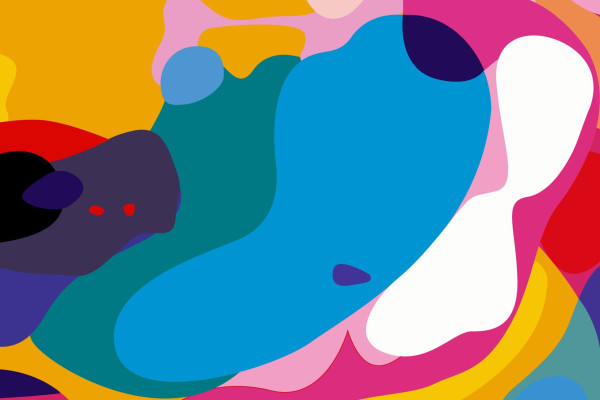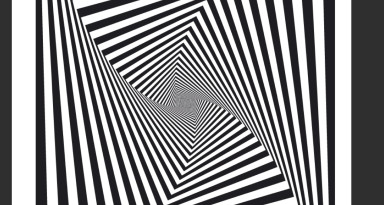“If you can in one day renovate yourself, do so from day to day. Yea, let there be daily renovation.” These words were reportedly inscribed on the washbasin of Cheng Tang, the first king of the Shang Dynasty (1600-1046 BCE), and the daily reminder emphasised continuous improvement.
It is a nice motto to live by, and certainly more romantic than American poet Ezra Pound’s take on it, “Make it New”, which became a catchphrase of the modernist movement. “Make it New” encouraged writers and artists to break from tradition and drive for innovation and constant change. It inspired Marcel Duchamp to submit a toilet to a New York art exhibition to rupture traditional approaches to art and forge a new way of seeing (a trend that has continued to the present day. In 2019, an Italian artist duct-taped a banana to a wall, selling it for $120,000).
Although Pound encouraged artists to “Make it New”, it took him over 50 years to complete his modern epic The Cantos. Pound never fully finished the poem to his satisfaction either. “I cannot make it cohere,” he complained as the final sections of the poem came out in fragments, the remaining six cantos written from his daughter’s crumbling 13th century estate, Brunnenburg Castle, in Italy.
Most of us have an antogonistic relationship to change; we tend to fight it as if it shouldn’t be happening. We prefer it when life coasts along with a sense that everything is stable and more-or-less on track. But as French philosopher Henri Bergson notes, “for a conscious being, to exist is to change… to go on creating oneself endlessly.” Life is “endlessly continued creation,” he writes, where we find ourselves caught between two states – one of creation and the other destruction. But we tend to notice ‘change’ when it’s abrupt and final, such as after a divorce, or when we resign from a job, or sell our ‘forever home’, change careers, or when a loved one has died. When we can no longer return to our previous state, when the life we once had has vanished forever, do we acknowledge that change has befallen us. But Bergson argues that change is unceasing, not just in these decisive moments. Our past “follows us at every instant” and leans over the present which is about to join it, and the direction it takes is “new, unique, and unforeseen”. The universe is a “continual creation of novelty”.
“It is expedient to disregard this uninterrupted change, and to notice it only when it becomes sufficient to impress a new attitude on the body, a new direction on the attention,” Bergson writes in Creative Evolution. “Then, and then only, we find that our state has changed. The truth is… that our state itself is nothing but change.”
It is a comforting thought to acknowledge that we press upon our future at every moment in utterly novel ways – never predictable, nothing decided. But it also helps explain that sense of quiet desperation we feel when life is going well for us, a sensation like trying to contain sand spilling through one’s fingertips – how to stop the flow, just for a second, so we can savour the good times? Bergson didn’t like “clock time” – time quantified by the ticking of a mechanical clock. He preferred “duration” (la durée), where time is experienced as a fluid and continuous flow, rather than as a series of discrete moments. We are the dancer who moves through time, making it up as she goes along. “Pure duration is the form which our conscious states assume when our ego lets itself live, when it refrains from separating its present state from its former states,” he writes.
Ancient Greek philosopher Heraclitus of Ephesus acknowledged that the only constant in life is change. “All things are in a state of flux.” ... “Everything changes and nothing stands still.” Driving this constant process of change is the tension of opposites, thought Heraclitus, such as life and death, wet and dry, day and night, war and peace. Conflict and discord are essential to the creation of new things; novelty arises from the dynamic interplay of opposing forces.
Ask any novelist what’s central to their plot and they will say “conflict”. Macbeth is conflicted between his lust for power and his morality (what’s the right thing to do?). Lord Voldemort and Harry Potter battle it out in the wizarding world – Voldemort wants immortality and Harry Potter wants to save his friends and avenge the death of his parents. Two opposing forces come together and create a new world order, a new dish, or a new art movement.
Conflict and discord are essential to the
creation of new things. Novelty arises from
the dynamic interplay of opposing forces.
Interestingly, at the time Heraclitus was writing about opposition and unity in Ancient Greece, some 8,000 kilometres away in China, Laozi is credited with writing the Tao Te Ching, a foundational text of Taoism. According to tradition, Laozi worked as an archivist in the Imperial Library of the Zhou Dynasty court, where – disillusioned with the corruption he witnessed – he left the court to live as a hermit. As he departed, a border guard asked him to write down his teachings, resulting in the Tao Te Ching, a short text composed of 81 chapters, exploring the Tao (the Way).
We are all familiar with the Taijitu, commonly known as the Yin-Yang symbol, a circle divided into two swirling sections, one black and one white. The black section typically represents Yin, which is associated with qualities such as darkness, passivity, receptivity, femininity, the moon, and the earth. The white section represents Yang, which is associated with opposing qualities such as light, activity, assertiveness, masculinity, the sun, and heaven.
The swirling pattern of the two halves indicates that Yin and Yang are interdependent – complementary rather than opposing forces – out of which arises a harmonious balance.
Like most dilemmas in life – “should I choose a career based on prospects for money or happiness?”, or, “should I put my money in a high-risk investment or play it safe?”, or “should I settle down and buy a house or travel the world?” – the internal struggle in opposite directions is fraught with tension. But it’s this tug-of-war that brings about new ideas, new plans, new destinies.
In essence, Pound’s rallying cry to “Make it New” is happening to us whether we like it or not. We have no choice but to ride along this current of never-ending newness and novelty – which is life – repeatedly encountering clashes and conflicts of opposing forces, and then finding a resolution of some sort. As Alan Watts says, “The only way to make sense out of change is to plunge into it, move with it, and join the dance.”
From the 'Novelty' edition, available here in print and digital format





